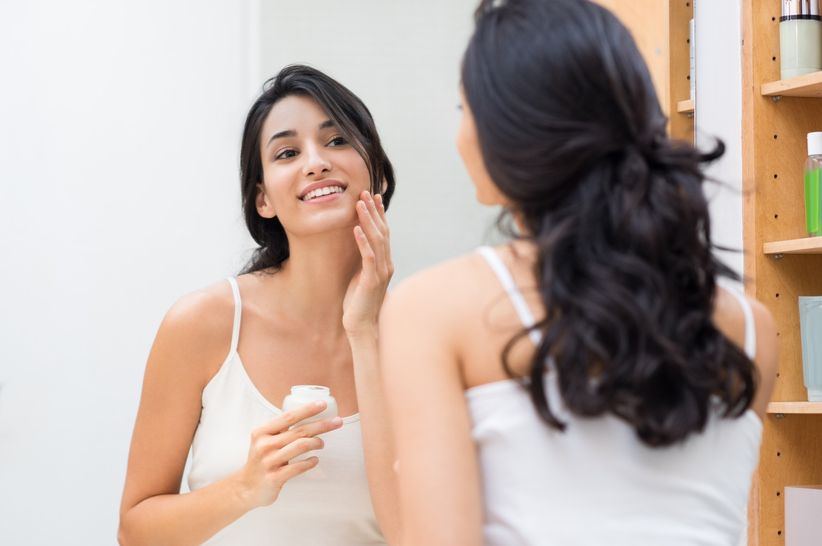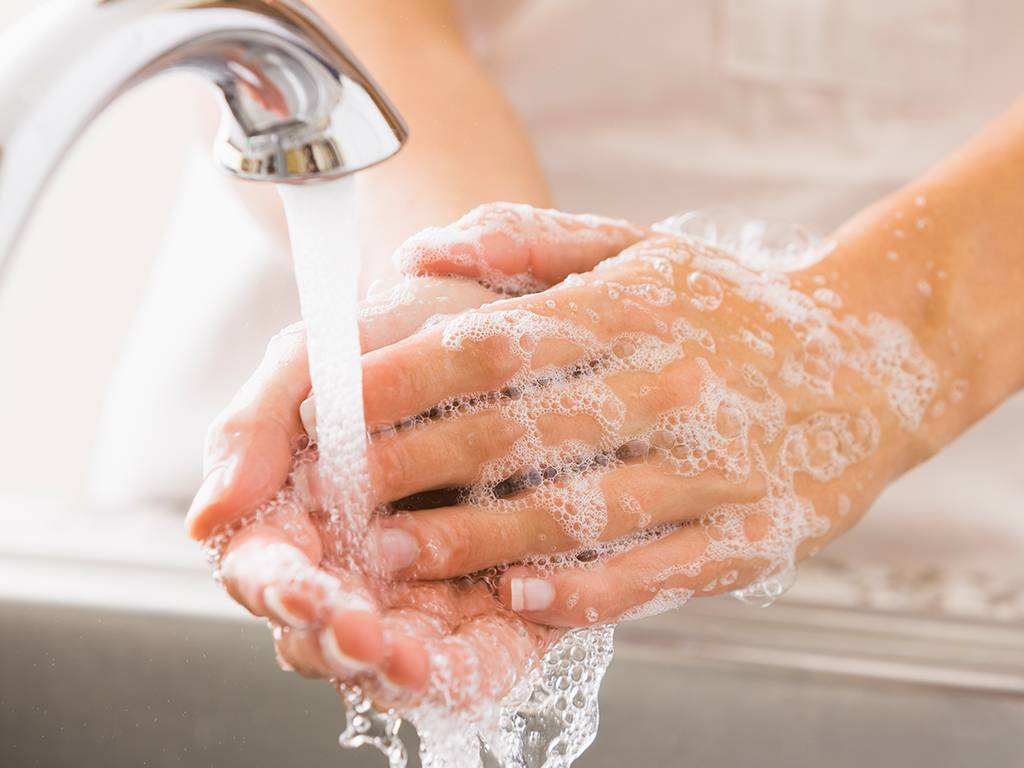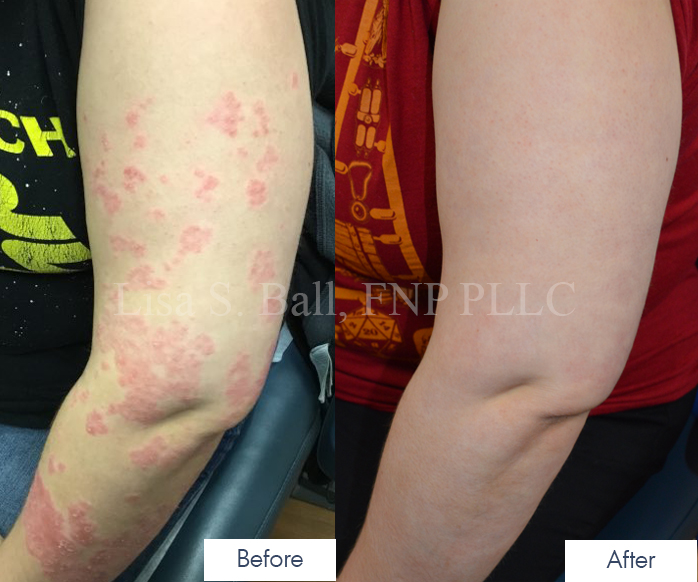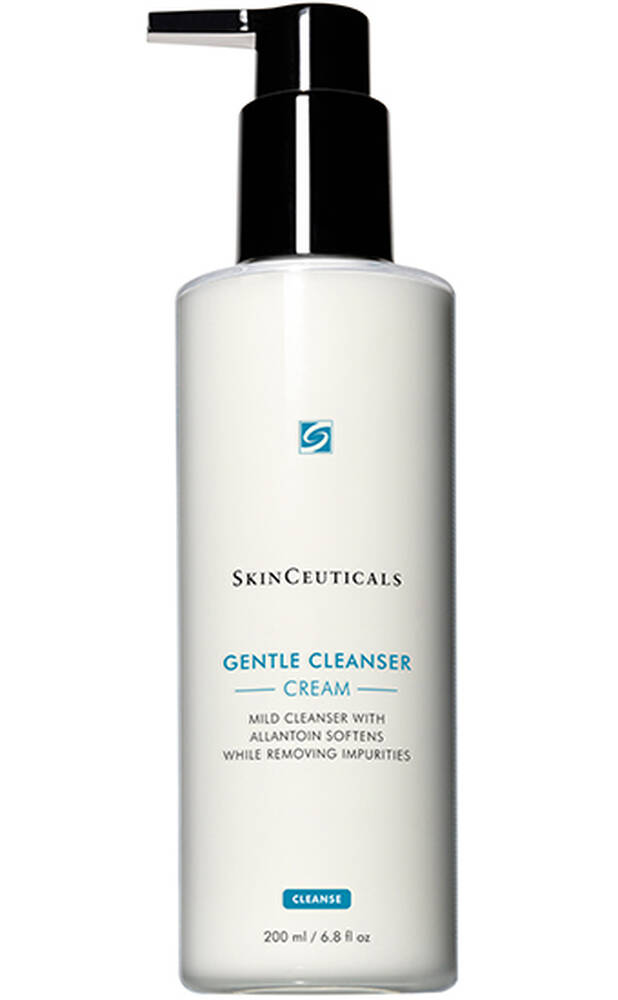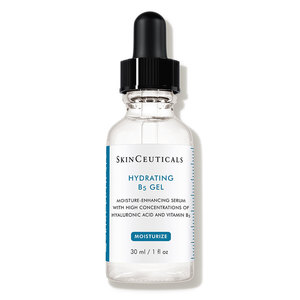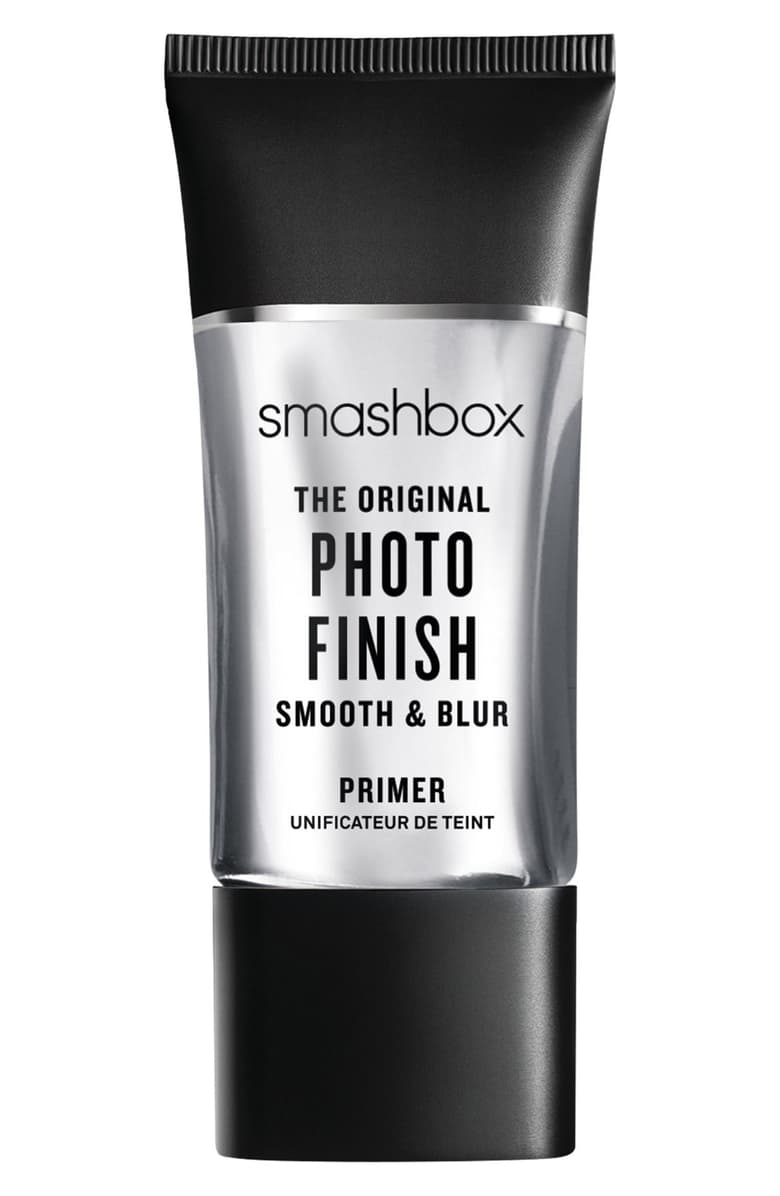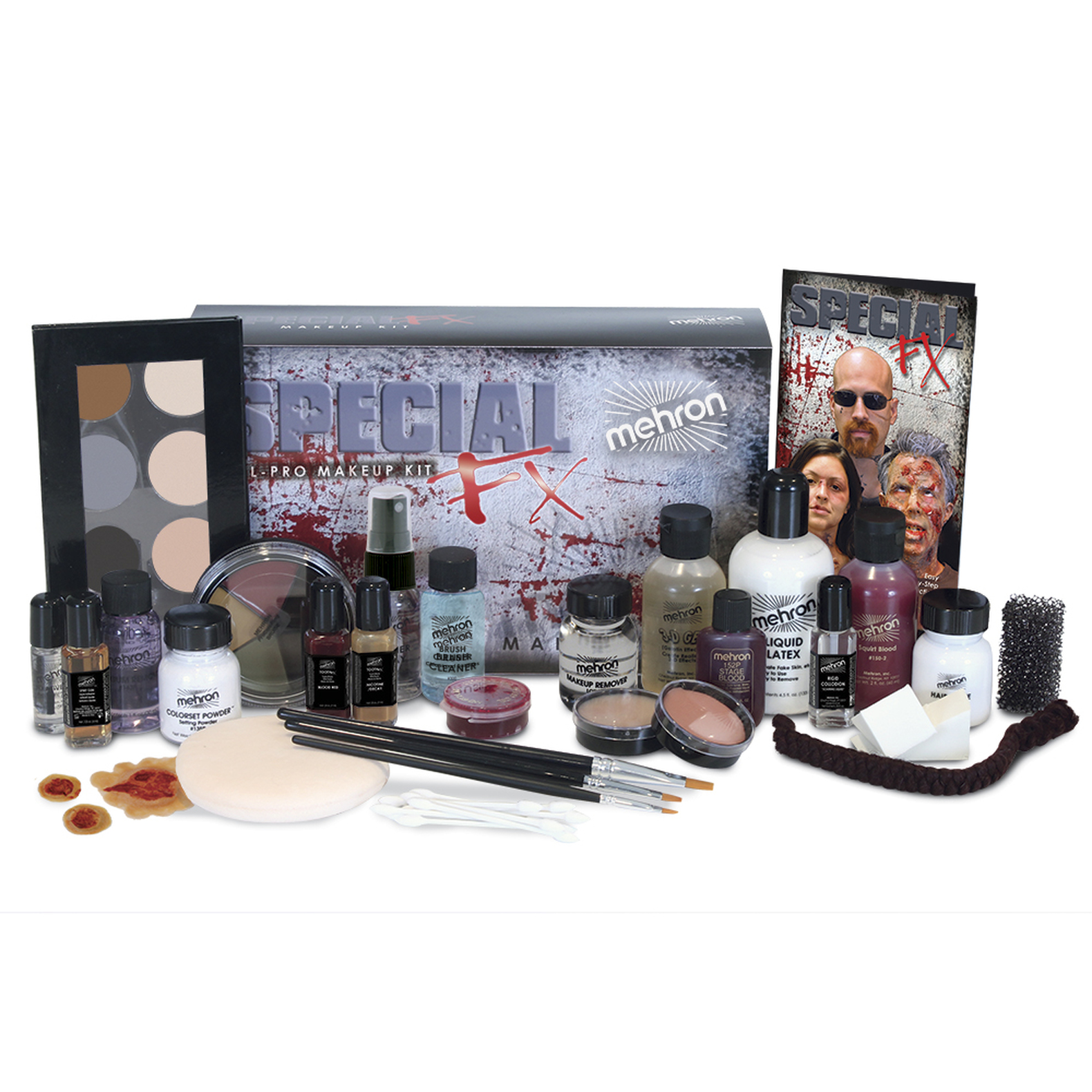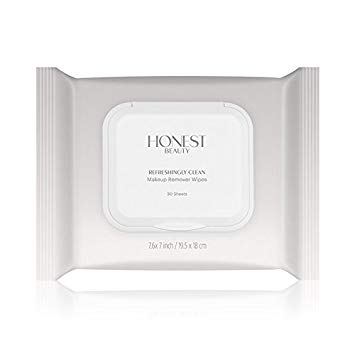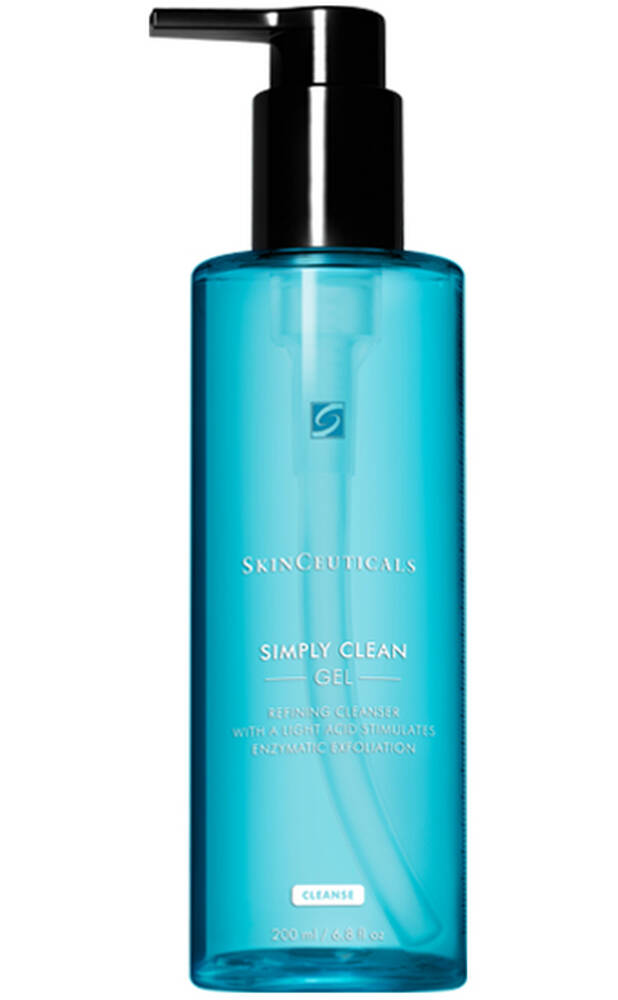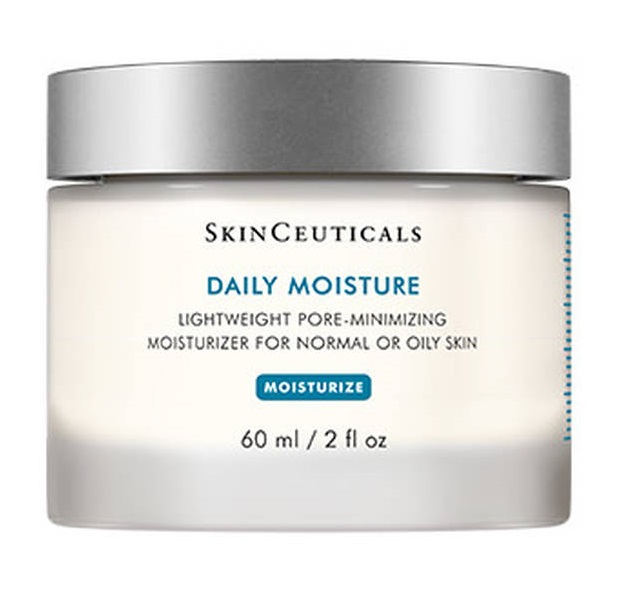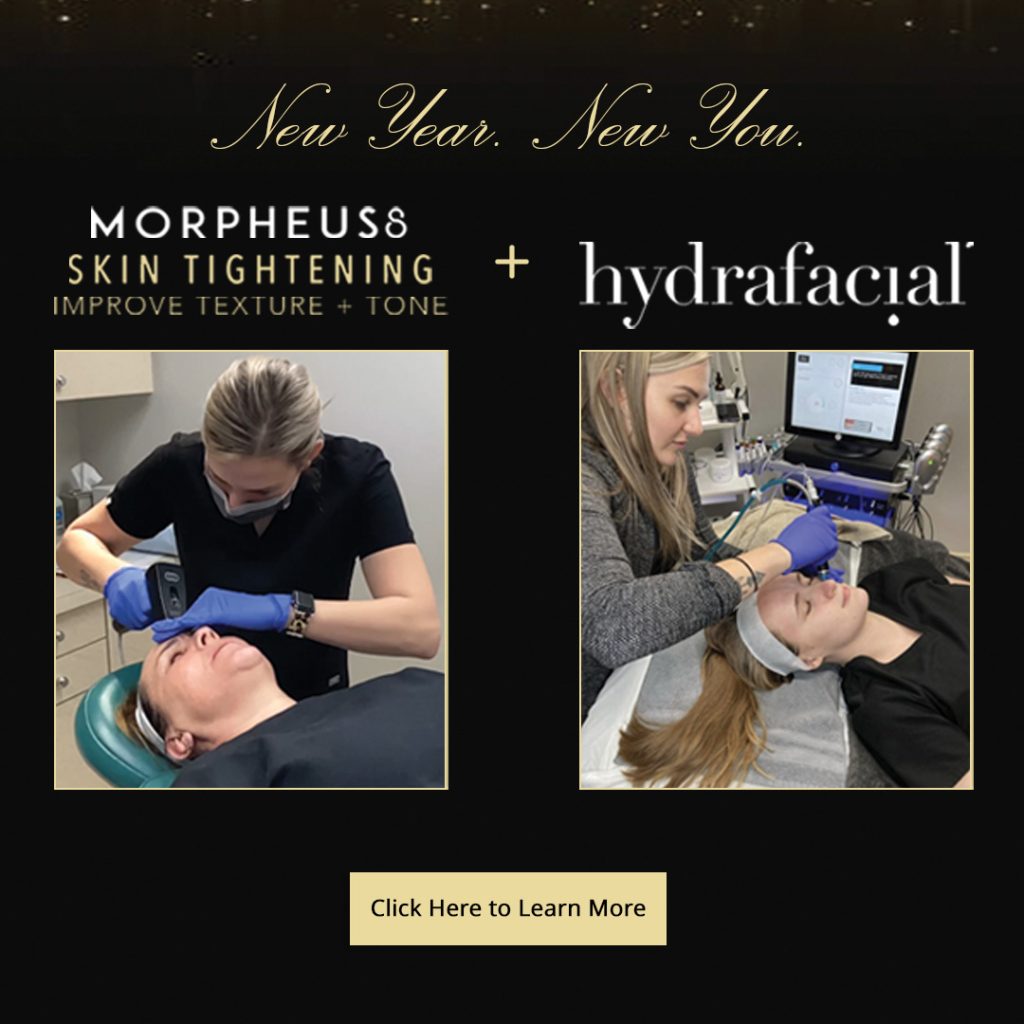Offering a comprehensive and personalized approach with each and every patient, nurse practitioners possess many strengths in healthcare. That’s why in celebration of Nurse Practitioner Week, we wanted to delve into their significance and highlight what makes them so special!
So, what exactly is a Nurse Practitioner?
Nurse Practitioners (or NPs as they are commonly referred to) are licensed healthcare providers with advanced education and training in a certain specialty. Usually, their specialty correlates to a particular patient population (ex. adult, family, pediatrics). From there, they can also subspecialize in areas such as cardiology, rheumatology, plastic surgery, and dermatology to name a few.
What are their qualifications?
Specifically, at our office, they are all dermatology trained and certified.
What can they do?
Our nurse practitioners diagnose and treat diseases of the skin, hair, and nails. In addition, they can prescribe medications and order lab work.
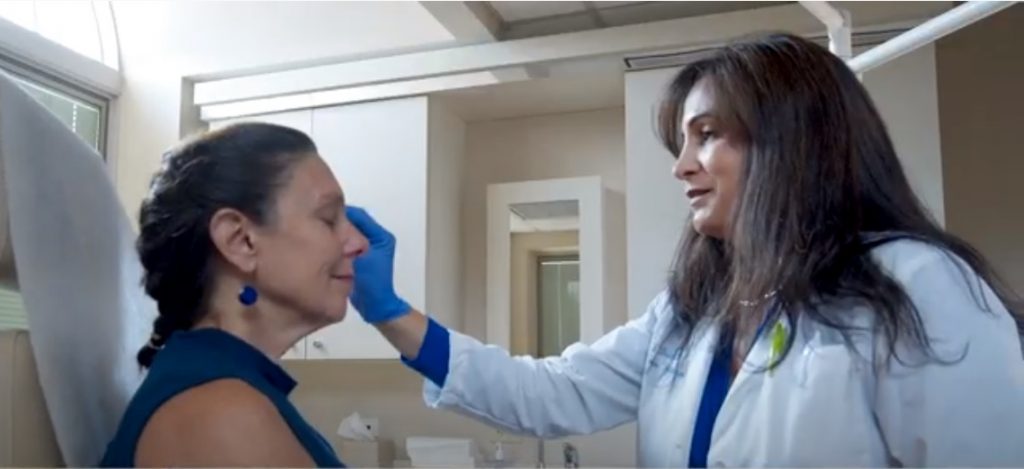
Nurse Practitioner Lisa S Ball, PhD, FNP-BC treating a patient.
Is there anything else to know about nurse practitioners?
With an overall focus on education, nurse practitioners do a wonderful job of helping their patients understand their condition. This in turn helps their patients to better manage their particular condition and/or ailment.
As you can see, nurse practitioners offer high-quality patient care and are an integral part of the healthcare community. If you would like to learn more about our nurse practitioners and how they can help you, contact our office today.
Source: American Association of Nurse Practitioners (www.aanp.org)

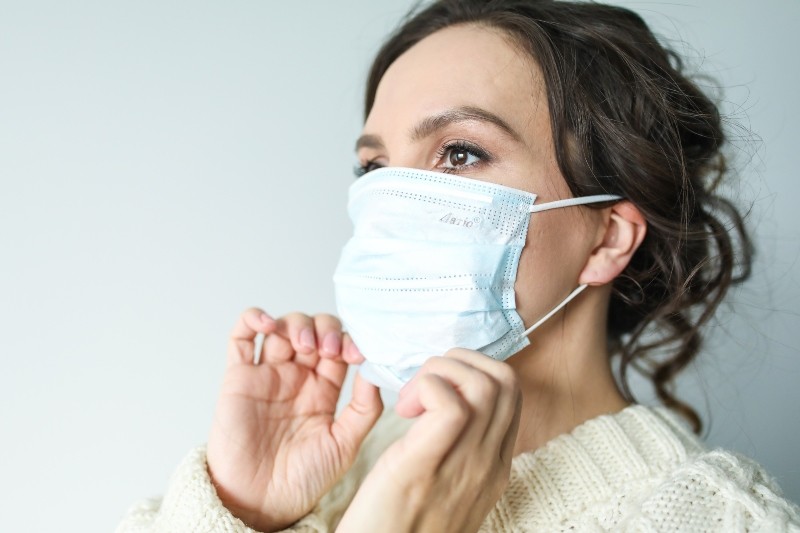

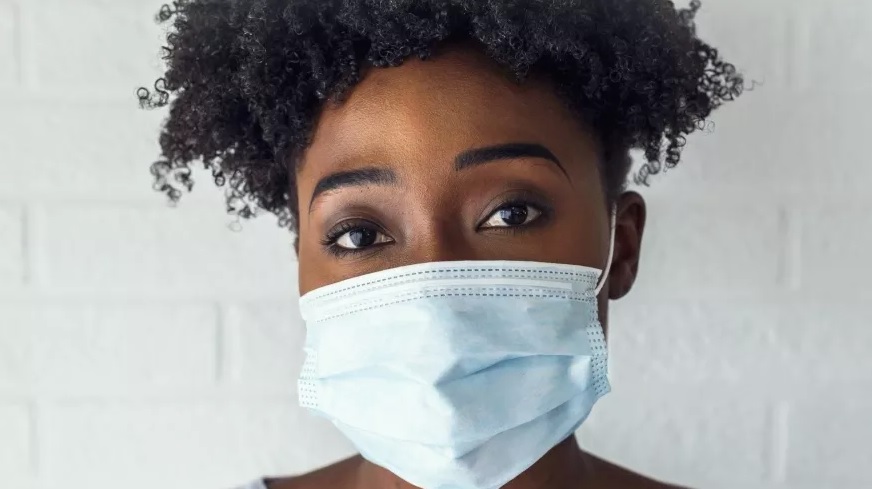 Due to the spread of COVID-19, the CDC made a recent recommendation that everyone should be wearing face masks in public. Although face masks provide important protection from the virus, wearing them for an extended period can also lead to skin irritation. Here are some things you can do to avoid that.
Due to the spread of COVID-19, the CDC made a recent recommendation that everyone should be wearing face masks in public. Although face masks provide important protection from the virus, wearing them for an extended period can also lead to skin irritation. Here are some things you can do to avoid that.